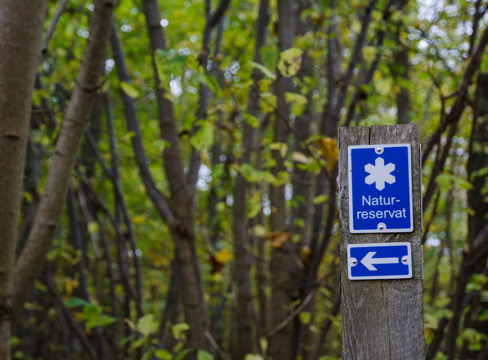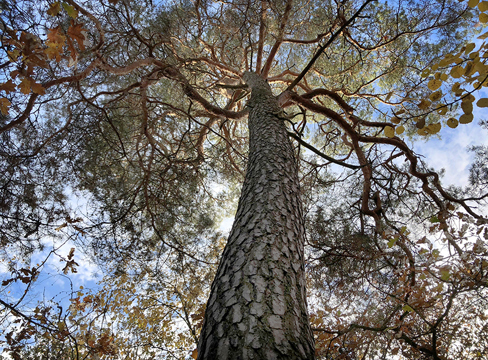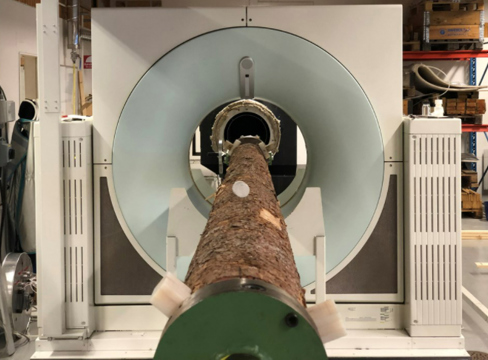Forest
Many people have a very special relationship with the Swedish forest, whether they enjoy spending their leisure time amongst nature or perhaps own an area of land. We have drawn on the forest in different ways for millennia and there are currently a wealth of exciting innovation and research projects focusing on the sustainable forestry of the future. On this page, we explore certain concepts and explain our outlook on the forest and its products.

Researchers assert that private right of ownership is important when it comes to sustainable development, the economy and managing property. It might well be that people are more invested in what they own themselves. Research shows that poverty, weak rule of law and poorly protected rights of ownership can lead to short-termist decisions and an increased risk of environmental destruction.
In addition to the terms of the various certification schemes, Swedish forest owners also have to comply with the Swedish Forestry Act. This governs how the forest is to be managed from the perspectives of both production and the environment. The Swedish Environmental Code and directives from the EU also regulate the work of forest owners.
Internationally, it is quite uncommon for forest to be in private ownership.
In Central Asia, Russia and Africa, almost all the forest is owned by the state, and in Canada the state owns 93 percent of the forest. Even in the USA the figure is 68 percent. Private forest ownership is more common in Europe, where 56 percent of the forest is in private hands.

When raw materials are purchased from certified forests, this means that the supplier meets the certification criteria concerning sustainable forestry, with a good balance between production, the environment and societal interests.
Two schemes operate in Sweden, the FSC standard and the PEFC standard. They are both quite similar in terms of forestry standards, environmental standards and social standards.
There are some forest owners, particularly those with small operations, who choose not to certify their forest due to the increased administrative and cost burden – but they have at least the same high level of ambition.







